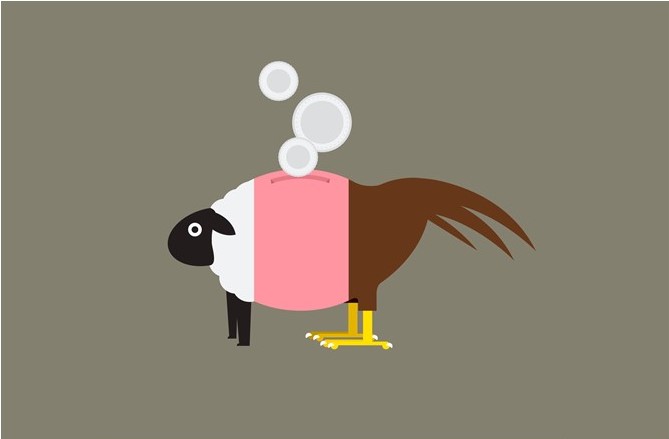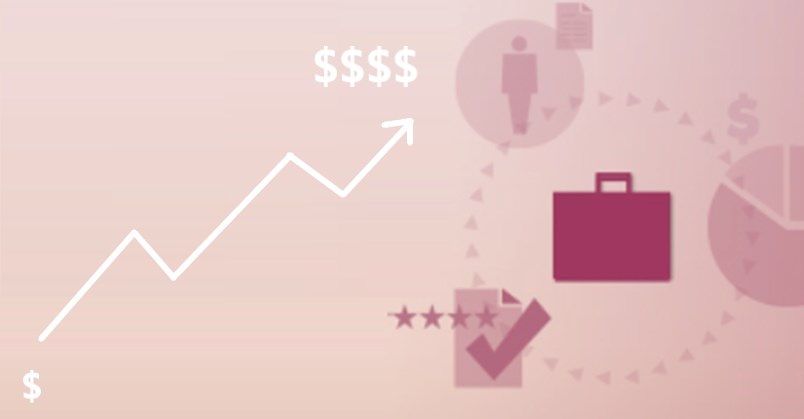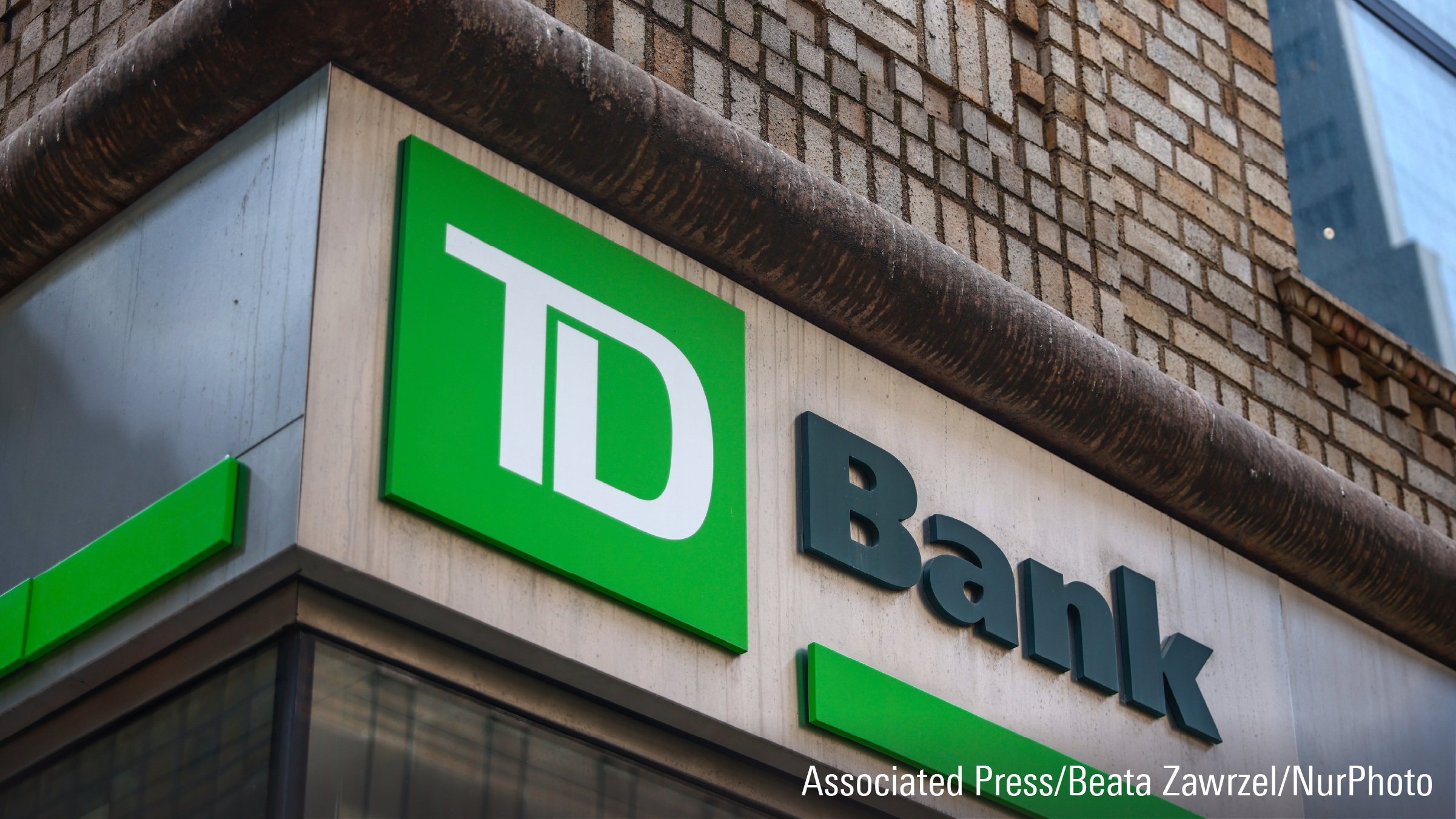
Retirement means enjoying well-deserved free time - no more obligations, no workday agenda dictating your week. But also, no more salary. Instead you have a pension, either from your employer or the state, or both. While this may provide a steady income stream, the switch to no longer working usually also means a change in the levels of income.
Income Gap
A pension is in most cases lower than the monthly income you will have enjoyed while working and pensioners should be aware of that gap.
For many people, this gap will be manageable but for some the new level of income may not be enough for the longer term. From that perspective, retirement is the end of working life, but not the end of finding (extra) sources of income.
If extra income is needed, then you have to decide for which purpose you want it: short-term as a way of more spending power; or long-term for extra income in the future when years of lower income from pension have eroded your savings pot.
It may sound strange to look forward financially when already in retirement, but rising life expectancy means many people will now live for 20 or even 30 years in retirement, making it all the more important to plan to make sure your savings don't run out.
Short-Term Income
It's become increasingly common, particularly as pensions grow smaller, for workers to phase their way into retirement, gradually reducing their hours through part-time work or job-sharing. This can make the shift to a lower income more gradual and more manageable, but many retirees will still want to boost their earnings once after they have stopped working completely.
If you want to invest as a source of short-term extra income, then higher risk assets can be useful because there the chances of relatively high and quick returns are best. Of course, that also means the chances of making a loss are higher too. Financial advisers typically suggest that you shouldn't put your money into higher-risk assets unless you are investing for a minimum of five or even 10 years.
So another category that delivers in the short-term is dividends. Choosing stocks or funds focusing on high dividend yield will bring you a regular income when the dividends are paid. Dividends are by no means guaranteed, as we saw in 2020 when a raft of companies slashed their pay outs to shareholders to shore up their finances during the pandemic. But there are measures such as dividend cover and long-term dividend growth that investors can check to help them target those companies whose dividends look safest.
When paid, a dividend is a very valuable form of return. Fund investors can choose to roll their pay out back up into their investment, which can help further boost their returns.
Long-Term Income
Investing for extra income over the longer-term when retired is not really different than investing for retirement while still in your working years. But you'll have to consider what your time horizon is - this can be difficult to assess, and most people underestimate their life expectancy, leaving them at risk of outlasting their savings.
Being in retirement, you can calculate the effects of the lower income level you have, compared to your working life income. Over the years in retirement, that could mean that you need all your income and reserves for your everyday spending, up to the point where the end of your reserves is reached. In such scenario, you may need extra income, delivered by your investments, to compensate for the shrinking reserves.
You have to decide about your financial future; when do you want the investment returns to deliver. And what risk profiles fit the different timeframes during your life in retirement. For these longer term decisions, calling in a professional advisor can be a sensible step, either for full advice or a second opinion on your own thoughts.




















